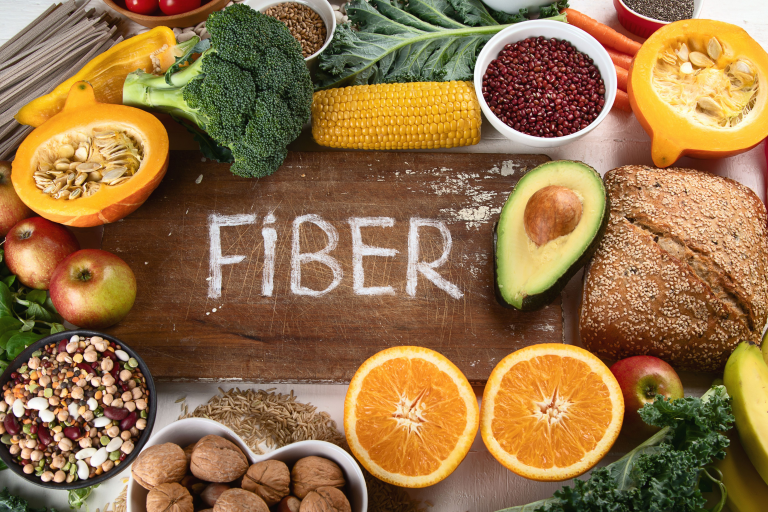6 Healthy Grains to Include in Your Diet
Grains form a fundamental part of various diets worldwide, offering essential nutrients, fibre, and energy. However, not all grains are created equal when it comes to health benefits. Some stand out for their exceptional nutritional profiles, packed with vitamins, minerals, and other compounds vital for overall well-being. Let’s delve into some of the healthiest grains that can elevate your diet and support a healthier lifestyle, along with their calorie content.
Quinoa
Calories: 230 calories per cooked cup.
Quinoa is a nutrient powerhouse and often hailed as a superfood. It’s a complete protein, containing all nine essential amino acids, making it an excellent choice for vegetarians and vegans. Beyond its protein content, quinoa is rich in fiber, iron, magnesium, and antioxidants. This gluten-free grain is incredibly versatile and can be used in salads, soups, or as a side dish.
Oats
Calories: 145 calories per cooked cup.
Oats, or oatmeal are a classic breakfast staple known for their heart-healthy benefits. They contain a specific type of fibre called beta-glucan, which helps reduce cholesterol levels and promotes heart health. Oats are also a good source of manganese, phosphorus, magnesium, and B vitamins. Whether as oatmeal, granola, or added to baked goods, oats offer a nutritious punch.
Brown Rice
Calories: 215 calories per cooked cup.
Compared to its refined counterpart, brown rice retains its nutrient-rich bran and germ layers, making it a healthier choice. It’s a great source of magnesium, phosphorus, selenium, and B vitamins. Brown rice is also rich in fibre, aiding in digestion and potentially reducing the risk of chronic diseases like heart disease and type 2 diabetes.
Barley
Calories: 200 calories per cooked cup.
Barley is an ancient grain with impressive health benefits. Rich in fibre, particularly beta-glucan, barley helps improve digestion and may lower cholesterol levels. It contains essential vitamins and minerals, including selenium, copper, and manganese. Barley’s versatility allows it to be used in soups, stews, salads, or even as a substitute for rice.
Farro
Calories: 170 calories per cooked cup.
Farro is an ancient wheat grain with a nutty flavor and chewy texture. It’s an excellent source of protein, fiber, and nutrients like magnesium, zinc, and B vitamins. With its high fiber content, farro promotes better digestion and helps regulate blood sugar levels. Its versatility makes it a fantastic addition to salads, soups, or as a side dish.
Buckwheat
Calories: 155 calories per cooked cup.
Despite its name, buckwheat is not related to wheat and is gluten-free. It’s rich in antioxidants, particularly rutin, which supports heart health and may help manage blood sugar levels. Buckwheat contains essential minerals like magnesium, copper, and manganese. It’s commonly used in pancakes, noodles (soba), and as a gluten-free flour alternative.
Conclusion
Incorporating these healthiest grains into your diet can significantly enhance your nutritional intake. From quinoa’s complete protein profile to oats’ heart-healthy benefits and barley’s digestive support, each grain brings unique nutrients and advantages to the table. Whether you prefer the versatility of brown rice, the nutty taste of farro, or the antioxidant-rich buckwheat, these grains offer an array of options to suit various tastes and dietary needs. Embracing these wholesome grains can be a flavourful and essential step toward a healthier lifestyle.








